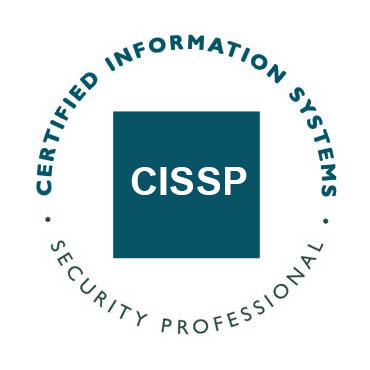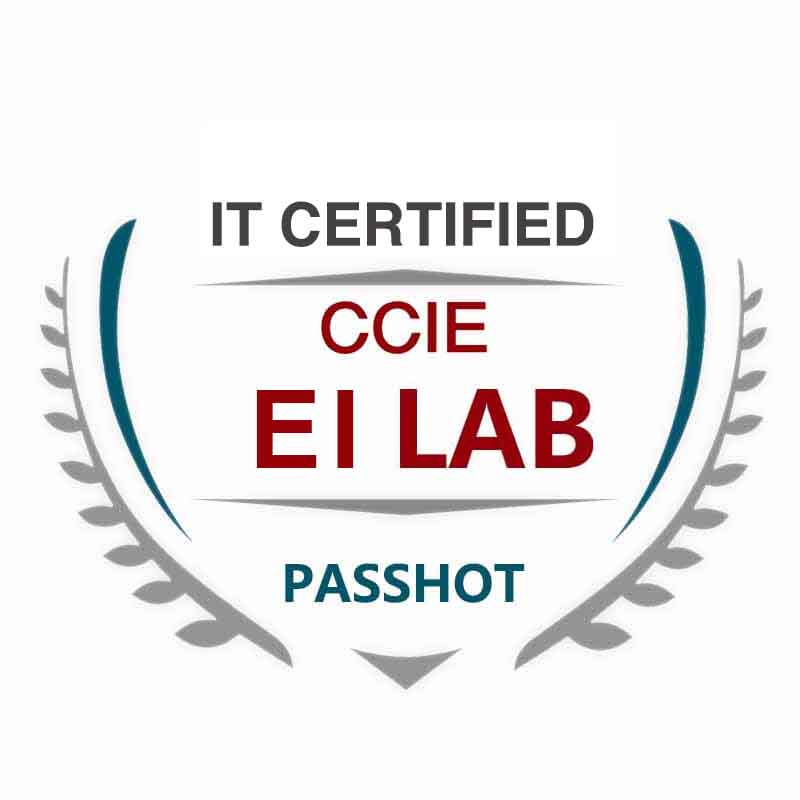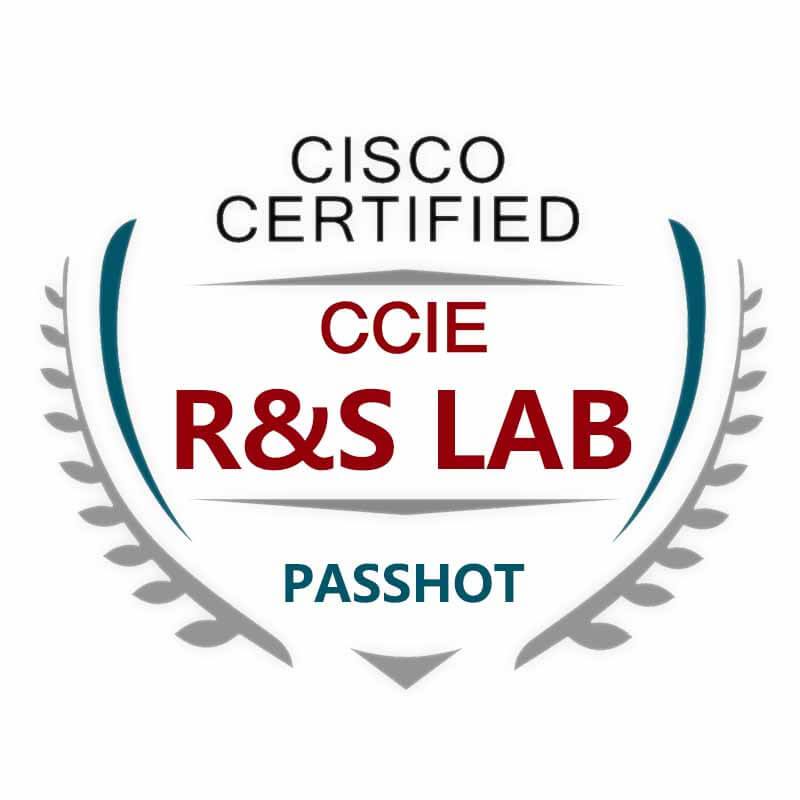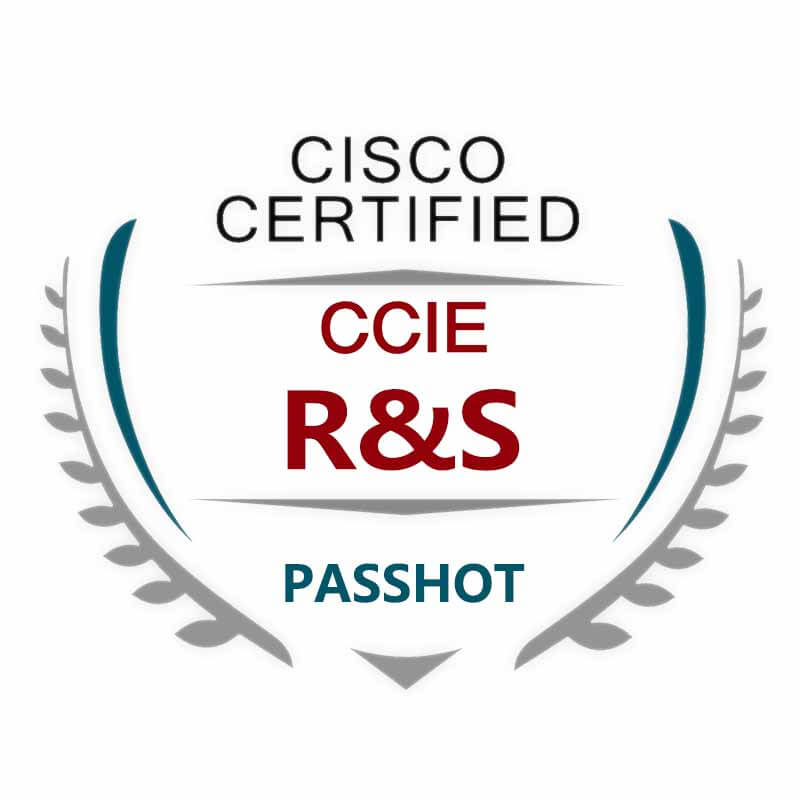100% Pass Cisco, PMP, CISA, CISM, AWS Dumps on SALE!
Get Now
01:59:56
X
The association and difference between Cisco IGRP and EIGRP
Today we will learn the routing protocols IGRP and EIGRP.
IGRP:
An interior gateway routing protocol designed by Cisco in the mid-1980s. Use combined user configuration metrics, including latency, bandwidth, reliability, and load. It has a high span within the same autonomous system and is suitable for complex networks. Cisco IOS allows router administrators to weight the IGRP network bandwidth, delay, reliability, and load to affect the calculation of the metric.
It is a Cisco proprietary routing protocol that provides routing functions in an autonomous system (AS: autonomous system). In the mid-1980s, the most commonly used internal routing protocol was RIP. Although RIP is very useful for realizing the routing selection of small or medium-sized interconnection networks of the same type, with the continuous development of the network, its limitations have become more obvious. The practicality of Cisco routers and the powerful functionality of IGRP have led many small Internet organizations to use IGRP instead of RIP. As early as the 1990s, Cisco introduced enhanced IGRP to further improve the operational efficiency of IGRP.
For greater flexibility, IGRP supports multi-path routing services. In Round Robin mode, two lines of the same bandwidth can run a single communication stream. If one of the lines fails to transmit, the system will automatically switch to the other line. Multipath can be multipath lines with different standards but still work.
IGRP maintains a set of timers and variables containing time intervals. Including update timer, expire timer, hold timer and clear timer. The update timer specifies how often the route update message should be sent. This value in IGRP defaults to 90 seconds. The invalidation timer specifies how long the router should wait before declaring that the route is invalid when there is no routing update message for a specific route. This value in IGRP defaults to three times the update period. The hold time variable specifies the hold-down period. This value in IGRP defaults to three times the update period plus 10 seconds, which is 280 seconds. Finally, the empty timer specifies the time the router waits before emptying the routing table. The default value of IGRP is seven times the route update cycle.
EIGRP:
EIGRP: EnhancedInterior Gateway Routing Protocol is the enhanced interior gateway routing protocol. It is also translated as an enhanced internal gateway routing protocol. EIGRP is a private agreement of Cisco (it has been publicized in 2013). EIGRP combines the link state and distance vector routing protocol of the Cisco proprietary protocol, and adopts DUAL to achieve rapid convergence, and can not send periodic routing update information to reduce bandwidth occupation.
EIGRP uses DUAL to achieve rapid convergence. Routers running EIGRP store neighbors' routing tables, so they can quickly adapt to changes in the network. If there is no suitable route in the local routing table and there is no suitable backup route in the topology table, EIGRP will query neighbors to find alternative routes. The query will continue to propagate until an alternative route is found or it is determined that there is no alternative route. Moreover, EIGRP sends partial updates instead of periodic updates, and only sends when the routing path or metric changes. Only the information of the changed link is included in the update, instead of the entire routing table, which can reduce bandwidth usage. In addition, it also automatically limits the propagation of these partial updates and only delivers them to the routers that need them. Therefore, EIGRP consumes much less bandwidth than IGRP. This behavior is also different from link state routing protocols, which send updates to all routers in the area.
EIGRP uses a variety of parameters to calculate the metric value to the target network, including Bandwidth, delay, reliability, loading, and MTU. These 5 parameters are represented by K values, namely K1, K2, K3, K4, K5, so if two The five K values between two EIGRP routers are different, which means that the two parties have different methods of calculating the metric value; whether it is EIGRP or other protocols, when the bandwidth needs to be used to calculate the metric, only the bandwidth in the outbound direction of the interface is calculated, and the inbound direction of the interface is calculated. It is not counted, that is, on a link, the bandwidth of only one outgoing interface will be calculated, and the bandwidth of the incoming interface will be ignored.
The 5 standards of EIGRP Metric:
bandwidth:
10 divided by the 7th power of the lowest bandwidth between the source and target multiplied by 256 (10 divided by the 7th power of 10 by the minimum bandwidth in Kbit/s, then added to the sum of delays divided by 10, and finally multiplied by 256 ).
Delay: The cumulative delay of the interface is multiplied by 256, and the unit is 10 microseconds.
Reliability: The most unreliable reliability value between the source and the destination based on keepalive.
Load: The value of the worst load between the source and the destination based on the packet rate and interface configuration bandwidth.
Maximum transmission unit: The smallest MTU in the path. MTU is included in the routing update of EIGRP, but generally does not participate in the calculation of EIGRP degrees.
The above is the news sharing from the PASSHOT. I hope it can be inspired you. If you think today' s content is not too bad, you are welcome to share it with other friends. There are more latest Linux dumps, CCNA 200-301 dumps, CCNP Written dumps and CCIE Written dumps waiting for you.
Cisco Dumps Popular Search:
ccna 200 301 online course ccna r&s scaling networks ccnp switch 300-115 notes encor 350-401 online training ccna sybex 8th edition pdf ccnp route lab how much salary provied in india for ccna ccnp 300-135 cost ccna 200-125 v3 dumps ccna exam attempts
Copyright © 2025 PASSHOT All rights reserved.






